Special Focus: Leadership in the new normal
March 10, 2021
Zoe Amar: The road to recovery – what leaders need to do now
April 7, 2021The European Commission’s much anticipated Anti Money Laundering regulations are likely to be unveiled in May. Our columnist Patrick Gibbels explores what this could mean for nonprofits.
In recent statements, the European Commission has alluded to the new package of measures on Anti Money Laundering (AML) and Terrorist Financing potentially dropping as early as next month. How the European Commission will classify nonprofit organisations in the context of these initiatives could have a significant impact on the day-to-day operations of these organisations. Questions regarding the concepts of beneficial ownership and obliged entities, as well as risk assessment, form the main bottlenecks. Landing on the “wrong side” of the Regulation could mean a sharp increase in paperwork and scrutiny for nonprofit organisations.
A series of recent money laundering scandals has pointed to the need for the European Commission to come up with a more comprehensive and effective EU approach to preventing and combating money laundering and terrorist financing. In March of last year, I reported on the Commission’s plans in this direction. In the meantime the European Commission has undertaken a public consultation, in which the European Fundraising Association (EFA) has taken part, to assess stakeholder concerns and contributions. The next step is for the European Commission to table their final proposal and enter into negotiations with the Parliament and Council. The burning question here is whether nonprofits will be considered obliged entities as this will mean increased regulatory burden and scrutiny (more on this to follow).
Currently, the rules are based on the 5th Anti Money Laundering Directive and the July 2019 AML Package. By opting for a Directive, rather than a Regulation, the Commission has thus far taken a minimum harmonisation approach, which means that the legislation is unified only at a basic or ‘minimum’ level, leaving a lot of room for Member States to adapt legislation to their domestic systems. This has caused significant discrepancies between Member States; an uneven playing field, and legal uncertainty for nonprofits.
Some Member States engage in the practice of “gold-plating” whereby they unilaterally add more cumbersome rules and regulations on top of the EU directive which, according to NPOs in those countries, has led to a discriminatory approach. For these reasons, the European Commission has now decided to tackle this by means of a Single Rule Book in the form of an EU Regulation. The main differences with a Directive is that a Regulation is designed to accomplish maximum harmonisation across EU Member States, and that it enters into force immediately after the EU institutions have come to an agreement and it is published in the EU Official Journal. In theory, this means that the same rules will apply across Europe and that they will apply immediately.
But what rules apply to nonprofits very much depend on whether they are classified as an obliged entity. This is what will determine whether the organisation will fall under the full scope of the Regulation, in which case records of transactions and donors must be kept and they must be at the disposal of the public administrations and supervising authorities. The authorities may ask for these records in a proportionate and justified way, but in practice classification as obliged entities without a proper risk-assessment has resulted in overly zealous and frivolous requests.
Above, I also emphasised the need for clarification of the definition of beneficial ownership. Currently, the term is not always correctly understood at national level, which is interpreted as the Board members of an organisation directly benefiting from the organisation. In the context of a nonprofit, a Board member is quite different to a beneficiary and does not always have financial ownership, so the term can cause great confusion and results in a lack of uniformity when organisations report the nature and extent of the beneficial interest held.
Whilst the nonprofit sector agrees there is a need to tackle money laundering and terrorist financing, these measures can cause significant unintended regulatory and administrative burdens, in particular for smaller organisations, as well as making it more difficult to raise funds. In dialogues with the EU institutions, the sector has called for clarifications regarding beneficial ownership and obliged entities, as well as advocating for a risk-based approach. Moreover, nonprofits have signalled that there is a strong culture of responsibility, transparency, professionalism, and best-practice, which leads to effective self-regulation.
We have seen a lowering of the risk-assessment of the nonprofit sector in the Second Supranational Risk Assessment, so we are hopeful that the next (third) such assessment will continue this trend. EFA emphasises the importance of structured multi-stakeholder dialogue with the European Commission, to ensure the needs of the sector are understood, and potential pitfalls can be avoided.

Patrick Gibbels, Gibbels Public Affairs
About Patrick Gibbels
Patrick is EFA’s public affairs columnist in Brussels. He is the director of Gibbels Public Affairs. Follow Patrick @GPA_Brussels.
Read more from Patrick in our View from Brussels column here.




